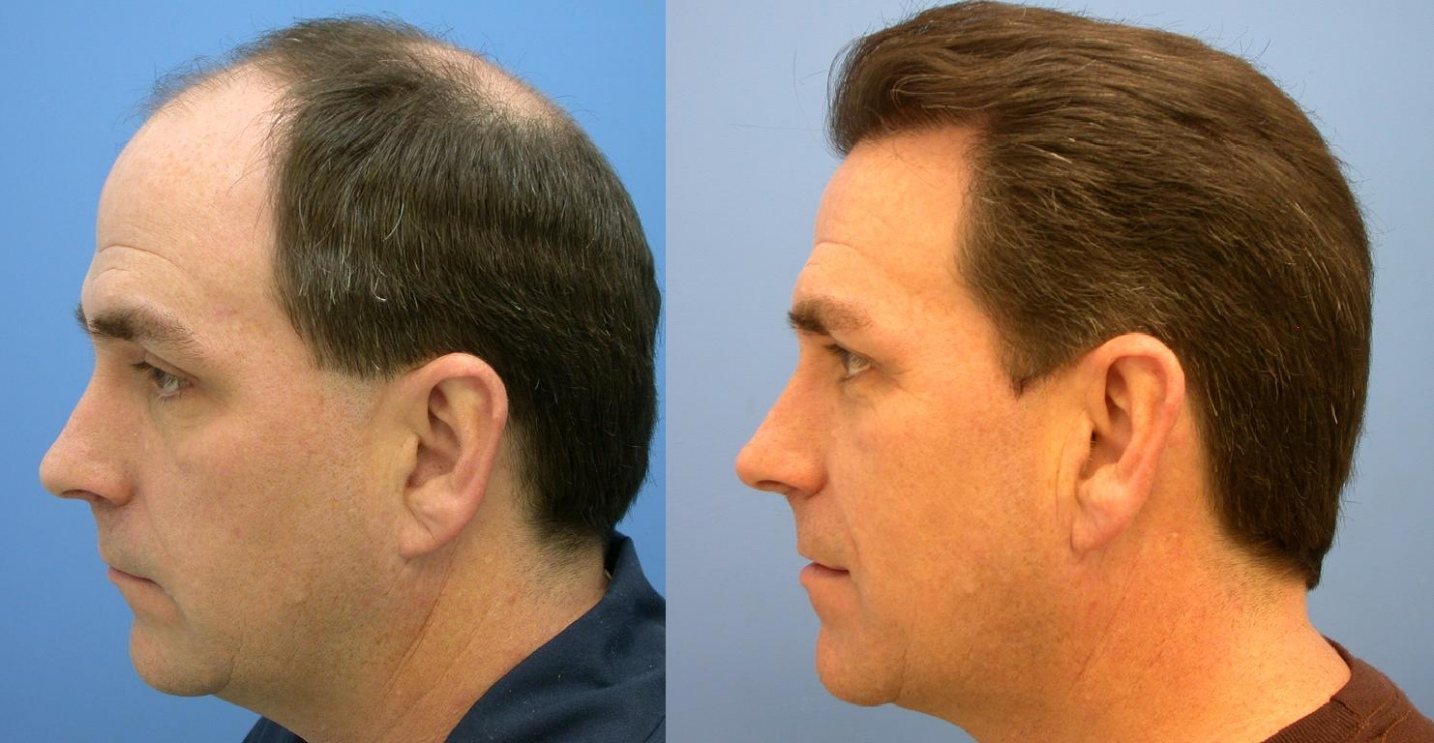Hair Transplant Explanation
This medical procedure is a base outpatient intrusive process that enables the patient to recover lost hair from new follicles transplanted in your mind. This treatment includes a methodology where hair follicles from one side of your head (or other piece of your body) known as benefactor site are evacuated and transplanted to the uncovered or beneficiary site.
Who Can Opt for a Hair Transplant
Any male or female who is encountering hairlessness, footing alopecia, subsiding hairline, head injury or male-design sparseness can decide on this medical procedure and get lasting hair back indeed. Men who are experiencing male example sparseness, men or ladies who lost their hair because of flame mishaps. Men know that prescriptions and medications won't help them in reestablishing their hair back.

Hair Transplant Procedures
Transplantation of hair is done in two different ways. One is Follicular Unit Extraction or FUE and the other is Follicular Unit Transplantation or FUT. The following is a brief:
Follicular Unit Extraction: FUE or Follicular Unit Extraction is the more prominent transplant system of the two medical procedures. The explanation for this is, it's less intrusive and the down-time is relatively negligible. In FUE, the specialist physically gathers every individual hair follicles from the benefactor zone to the required region. This procedure is otherwise called uniting. Whenever done legitimately, a characteristic and uniform look is accomplished.
Follicular Unit Transplantation: FUT or Follicular Unit Transplantation is the procedure of the specialist expelling a portion of skin with hair follicles connected from the giver region to the beneficiary zone. The skin is partitioned into little bits of unions and one by one embedded into the beneficiary territory.
Join Explanation
A join is the evacuation of a segment of skin from contributor region that is carefully expelled without contacting the blood supply. When embedded into the beneficiary zone, the skin builds up another blood supply.
Hair Transplant Duration
In spite of the fact that this is confirmed according to the methodology, in any case, it takes around 4 to 8 hours for the medical procedure.

Directly after the second or third week, the transplanted hair will in general drop out. This stage is known as 'stun misfortune's and totally ordinary. Now and again, patients encounter hair tumble from zones that were not contacted amid the medical procedure.
By the sixth or eighth week, roughly 85% to 95% hair will have developed with the hair thickening after each cycle of development. The development cycle is about at regular intervals, contingent upon the patients wellbeing condition. By the sixth month the outcome can be seen and by the twelfth month the full last consequence of your treatment can be seen. At this point you will have a delegated magnificence to flaunt.
Danger of Transplant Treatment
In spite of the fact that best hair transplantation in Pakistan is the most less intrusive and the most least restorative strategy including any dangers, still like some other medical procedure there are a few dangers related with a hair transplant like frightening, blushing of skin or not the normal outcome. There are odds of losing transplanted hair known as "stun misfortune", which is basic in recuperating patients.
What other place Can this treatment be utilized
Aside from the head, you can complete it on the eyebrows, eyelashes, midriff, facial hair, chest and pubic region also. Some additionally get utilize this procedure of medical procedure to cover their scars.
No comments:
Post a Comment